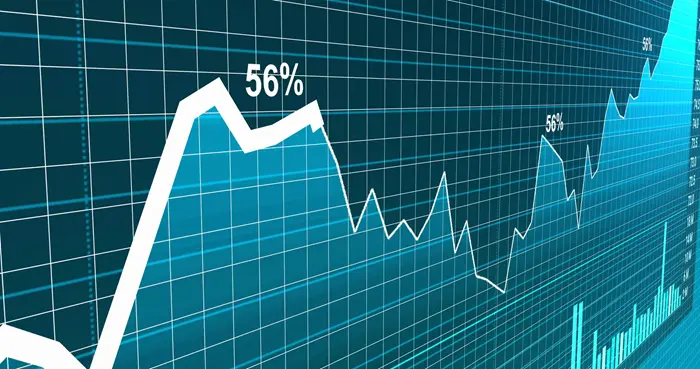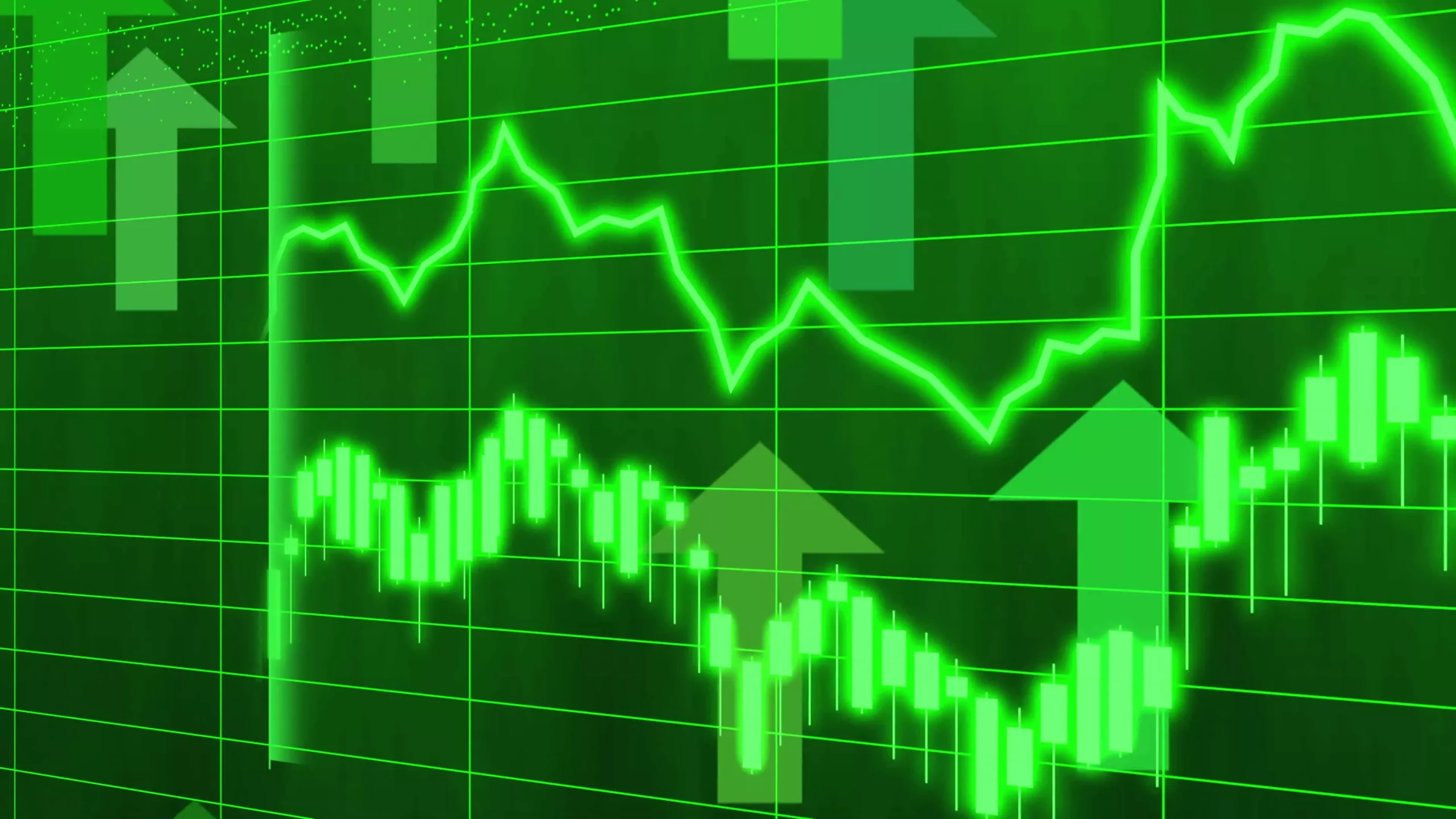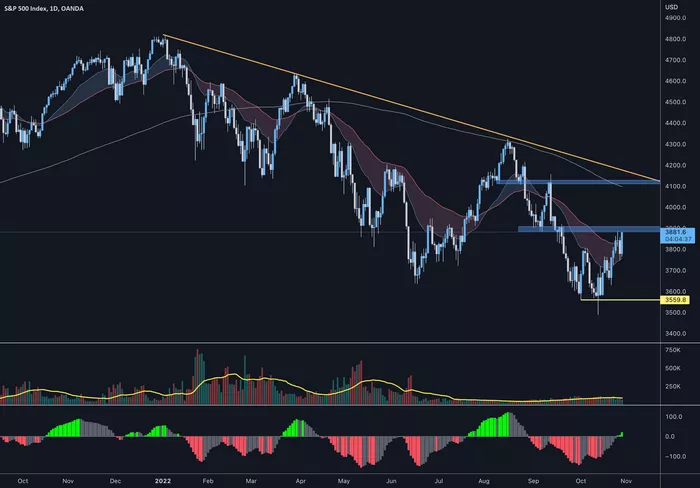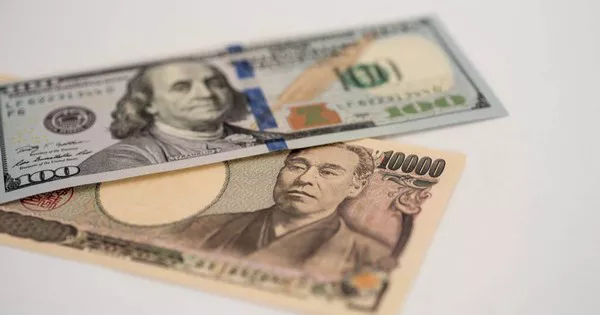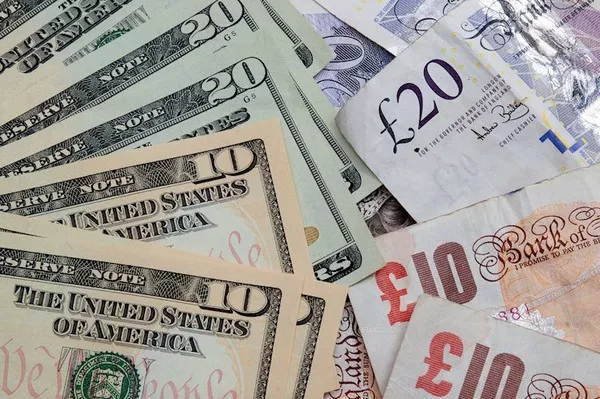Levi’s (LEVI) executives just gave a market nervous about high tariffs a taste of what earnings season is about to begin.
The lack of clear guidance has led to confusion for investors seeking much-needed clarity.
“Given the rapidly evolving and unprecedented situation, the impact is uncertain. We are working on scenario planning and identifying different mitigation strategies. We recognize this is a rapidly evolving macro situation and we must watch the dust settle to provide you with the most useful guidance possible,” Levi’s longtime CFO Harmit Singh said on an earnings call late Monday.
“At this time, our full-year guidance remains unchanged, excluding the impact of the proposed tariffs.”
Levi’s CEO Michelle Gass said the company has formed an internal “working group” to determine the impact of tariffs and appropriate responses, such as raising prices.
The company relies on 130 factories in China and 50 in Vietnam, two countries Trump has designated for high tariffs, to produce a variety of apparel products.
At least for now, the market thinks Levi’s may be able to overcome some tariff headwinds.
Shares of the company rose more than 8% in after-hours trading as its profit outlook remained unchanged and quarterly earnings beat expectations. Executives said on a conference call that demand remained strong through the end of March.
Levi’s stock was one of the most popular stocks on the Yahoo Finance platform.
But whether the post-earnings rally can last remains to be seen.
President Trump announced a 10% base tariff rate that will take effect April 5.
The U.S. government will impose higher tariffs on about 60 countries identified as the worst trade violators starting April 9.
Some of these countries are important sourcing and business areas for large U.S. retailers Levi’s and Nike (NKE). China, for example, will impose a reciprocal tariff of 34%. Vietnam’s tariff is 46%.
The reciprocal tariffs are in addition to existing tariffs, such as the 20% tariffs Trump previously imposed on China, bringing the total tariff rate on China to 54%.
China retaliated with a 34% tariff on U.S. goods. Trump hit back on Monday, threatening to impose an additional 50% tariff on China if China does not remove its tariffs on the United States.
“Lifestyle brands have supply chains that are deeply rooted in Asia and difficult to relocate,” said Jim Duffy, an apparel equity analyst at Stifel, in a recent report. “If you look through these tariffs, the incremental expenses from these tariffs will pose a significant challenge to the profitability of our coverage. Until there is improved transparency, we expect little investor interest in our coverage.”
Related topics:

